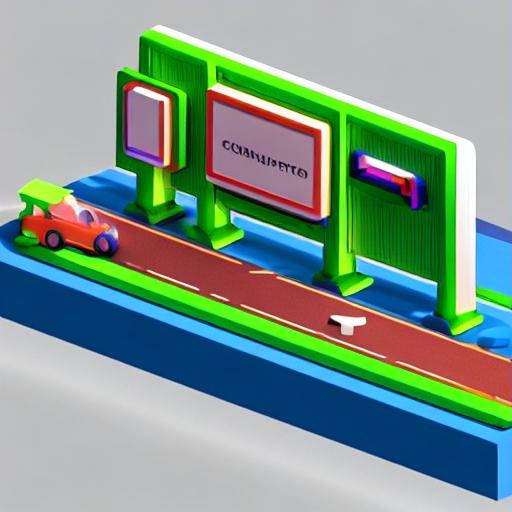
In today’s digital world, where online businesses are thriving, search engine optimization (SEO) has become crucial for success. As search engines constantly evolve and update their algorithms, it is important for businesses to stay ahead and ensure their websites are optimized to appear at the top of search results. One effective way to achieve this is through personalization automation for traffic.
Personalization automation involves tailoring content and user experiences based on individual preferences, interests, and behaviors. By utilizing advanced technology and data analytics, businesses can create customized experiences for their website visitors, leading to increased engagement, higher conversion rates, and ultimately, improved search engine rankings.

One of the main benefits of personalization automation is its ability to deliver relevant content to users. By analyzing user data and behavior patterns, businesses can understand their audience better and provide them with content that is more likely to resonate with them. This not only enhances the user experience but also increases the chances of users spending more time on the website, exploring different pages, and engaging with the content.
When users have a personalized experience on a website, they are more likely to convert into customers. By presenting them with targeted offers, recommendations, and content based on their preferences, businesses can increase the chances of conversion. This also helps in building a stronger relationship with customers, as they feel understood and valued by the brand.
From an SEO perspective, personalization automation can greatly benefit a website’s search engine rankings. Search engines prioritize websites that offer relevant and valuable content to users. By delivering personalized experiences, businesses can improve various SEO metrics such as bounce rate, average session duration, and page views per session. This indicates to search engines that the website is providing value to users, leading to higher rankings in search results.
Another important aspect of personalization automation for traffic is the ability to optimize for long-tail keywords. Long-tail keywords are specific and targeted phrases that often have less competition compared to generic keywords. By analyzing user behavior and preferences, businesses can identify the long-tail keywords that users are searching for and create content tailored to those keywords. This strategy can help businesses gain organic traffic from users who are actively searching for specific products or services.
While personalization automation can greatly enhance the user experience and improve SEO, it is important to find the right balance. Overpersonalization can lead to a creepy or intrusive experience for users, which can negatively impact the brand’s reputation. Therefore, businesses should be mindful of maintaining user privacy, providing transparency about data usage, and giving users control over their personalization preferences.
In conclusion, personalization automation for traffic is an effective solution for improving SEO and providing a better user experience. By tailoring content based on individual preferences and behaviors, businesses can increase engagement, conversion rates, and search engine rankings. However, it is important to find the right balance and ensure that personalization is done in a respectful and transparent manner.







